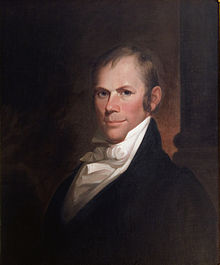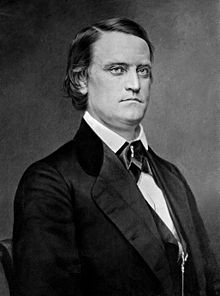
The University of Scranton is a private Jesuit university in Scranton, Pennsylvania. It was founded in 1888 by William O'Hara, the first Bishop of Scranton, as St. Thomas College. In 1938, the college was elevated to university status and took the name The University of Scranton. The institution was operated by the Diocese of Scranton from its founding until 1897. While the Diocese of Scranton retained ownership of the university, it was administered by the Lasallian Christian Brothers from 1888 to 1942. In 1942, the Society of Jesus took ownership and control of the university. During the 1960s, the university became an independent institution under a lay board of trustees.

Dickinson College is a private liberal arts college in Carlisle, Pennsylvania. Founded in 1773 as Carlisle Grammar School, Dickinson was chartered on September 9, 1783, making it the first college to be founded after the formation of the United States. Dickinson was founded by Benjamin Rush, a Founding Father and signer of the Declaration of Independence. The college is named in honor of John Dickinson, a Founding Father who voted to ratify the Constitution and later served as governor of Pennsylvania, and his wife Mary Norris Dickinson. They donated much of their extensive personal libraries to the new college.

The University of the Cumberlands is a private Christian university in Williamsburg, Kentucky. Over 20,000 students are enrolled at the university.

Seton Hall University (SHU) is a private Roman Catholic research university in South Orange, New Jersey. Founded in 1856 by then-Bishop James Roosevelt Bayley and named after his aunt, Saint Elizabeth Ann Seton, Seton Hall is the oldest diocesan university in the United States.
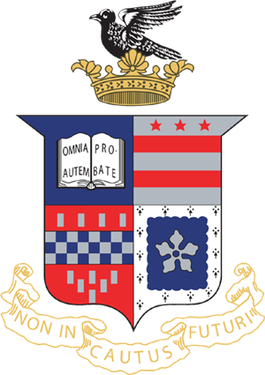
Washington and Lee University is a private liberal arts college in Lexington, Virginia. Established in 1749 as Augusta Academy, it is among the oldest institutions of higher learning in the United States.

Spelman College is a private, historically Black, women's liberal arts college in Atlanta, Georgia. It is a founding member of the Atlanta University Center academic consortium. Founded in 1881 as the Atlanta Baptist Female Seminary, Spelman awarded its first college degrees in 1901 and is the oldest private historically Black liberal arts institution for women.
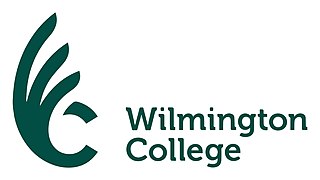
Wilmington College is a private college in Wilmington, Ohio. It was established by the Religious Society of Friends (Quakers) in 1870 and is accredited by the Higher Learning Commission. The college is still Quaker-affiliated and has seven core Quaker values. In fall 2018, the college set an enrollment record, bringing in 450 new students for the academic year, totaling 1,103 students on Wilmington's main campus, and 139 students at Wilmington's two Cincinnati branches at Blue Ash and Cincinnati State.

The University of North Alabama (UNA) is a public university in Florence, Alabama. It is the state's oldest public university. Occupying a 130-acre (0.5 km2) campus in a residential section of Florence, UNA is located within a four-city area that also includes Tuscumbia, Sheffield and Muscle Shoals. The four cities compose a metropolitan area with a combined population of 140,000 people.

Trinity College is a private liberal arts college in Hartford, Connecticut, United States. Founded as Washington College in 1823, it is the second-oldest college in the state of Connecticut. Coeducational since 1969, the college enrolls 2,235 students. Trinity offers 41 majors and 28 interdisciplinary minors. The college is a member of the New England Small College Athletic Conference (NESCAC).
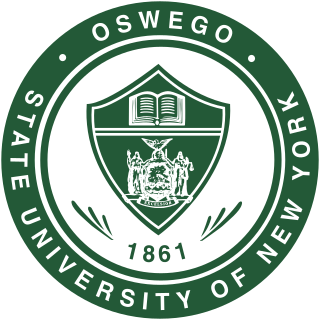
State University of New York at Oswego is a public university in the City of Oswego and Town of Oswego, New York. It has two campuses: historic lakeside campus in Oswego and Metro Center in Syracuse, New York.
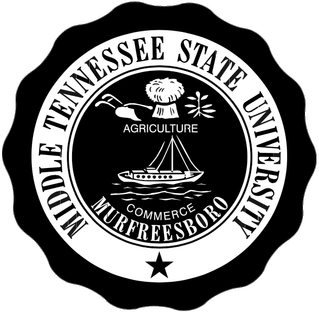
Middle Tennessee State University is a public research university in Murfreesboro, Tennessee. Founded in 1911 as a normal school, the university consists of eight undergraduate colleges as well as a college of graduate studies, together offering more than 300 degree programs through more than 35 departments. The university has partnered in research endeavors with the Oak Ridge National Laboratory, the United States Army, and the United States Marine Corps. It is classified among "R2: Doctoral Universities – High research activity".

The University of Colorado Colorado Springs (UCCS) is a public research university in Colorado Springs, Colorado. It is one of four campuses that make up the University of Colorado system. As of Fall 2023, UCCS had over 11,431 students, including 9,540 undergraduates and 1,891 graduate students. It is classified among "R2: Doctoral Universities – High research activity".

The University of Richmond is a private liberal arts college in Richmond, Virginia, United States. It is a primarily undergraduate, residential institution with approximately 3,900 undergraduate and graduate students in five schools: the School of Arts and Sciences; the E. Claiborne Robins School of Business; the Jepson School of Leadership Studies; the University of Richmond School of Law; and the School of Professional & Continuing Studies. It is classified among "Baccalaureate Colleges: Arts & Sciences Focus".

Centre College is a private liberal arts college in Danville, Kentucky. It is an undergraduate college with an enrollment of approximately 1,400 students. Centre was officially chartered by the Kentucky General Assembly in 1819. The college is a member of the Associated Colleges of the South and the Association of Presbyterian Colleges and Universities.
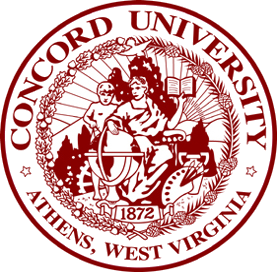
Concord University is a public university in Athens, West Virginia. It was founded on February 28, 1872, when the West Virginia Legislature passed "an Act to locate a Branch State Normal School, in the town of Concord Church, in the County of Mercer". This normal school was founded by veterans of both the Union and the Confederacy, Concord is named for the ideal of "harmony and sweet fellowship".

Southwestern University is a private liberal arts college in Georgetown, Texas. Formed in 1873 from a revival of collegiate charters granted in 1840, Southwestern is the oldest college or university in Texas. Southwestern offers 40 bachelor's degrees in the arts, sciences, fine arts, and music as well as interdisciplinary and pre-professional programs. It is accredited by the Southern Association of Colleges and Schools and the National Association of Schools of Music and historically affiliated with the United Methodist Church.
Trinity Washington University is a private Catholic university in Washington, D.C. The university was founded as Trinity College by the Sisters of Notre Dame de Namur in 1897 as the nation's first Catholic liberal arts college for women. Trinity was chartered by an Act of Congress on August 20, 1897. It became Trinity Washington University in 2004.
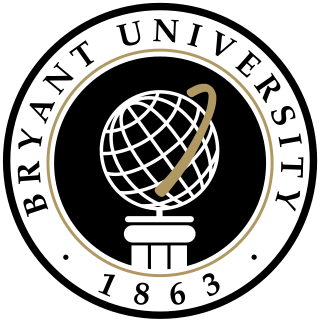
Bryant University is a private university in Smithfield, Rhode Island. It has two colleges, the College of Arts and Sciences and the College of Business, and is accredited by the New England Commission of Higher Education.
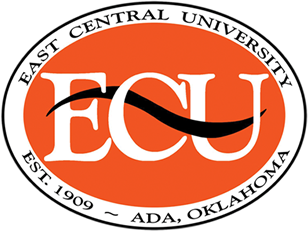
East Central University is a public university in Ada, Oklahoma. It is part of Oklahoma's Regional University System. Beyond its flagship campus in Ada, the university has courses available in McAlester, Shawnee, and Durant, as well as online courses. Founded as East Central State Normal School in 1909, its present name was adopted in 1985. Some of its more prominent alumni include former Microsoft COO B. Kevin Turner, Modernist painter Leon Polk Smith, former NFL player Mark Gastineau, past governors Robert S. Kerr and George Nigh, former U.S. Representative Lyle Boren, Oklahoma Supreme Court Justice Tom Colbert, and U.S. Army General James D. Thurman.
Charles L. Shearer is an American academic. He served as the 24th president of Transylvania University in Lexington, Kentucky ending his long tenure during the summer of 2010. Shearer is the longest-serving president in the university's 230-year history.


